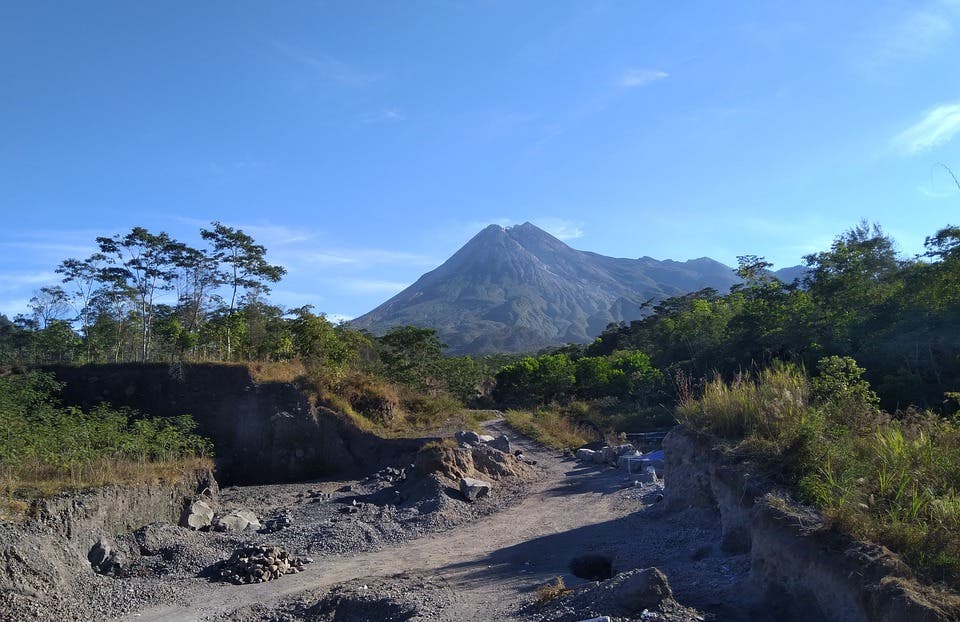Mount Merapi, one of the world’s most active volcanoes, erupted twice on Sunday sending clouds of ash some 6 kilometers into the air, according to Indonesia’s geological agency.

Image credits Aditya Ananta Parameswara.
The eruptions lasted for around seven minutes and caused local authorities to ask residents to stay outside a three-kilometer zone around the volcano. Mount Merapi is close to Yogyakarta, the capital city of the Special Region of Yogyakarta in Indonesia on the island of Java, one of the country’s most important cultural areas. However, so far no damage to property or life has been reported.
A rumbling display
The first reports of something going on with the volcano came from locals in the neighbouring areas hearing strong rumbling sounds in the morning, according to Deutsche Welle.
With the memory of Merapi’s last eruption in 2010 still fresh (the event claimed 300 lives and forced the evacuation of 280,000 residents), authorities immediately instituted the no-go zone and prepared for the worst. The geological agency even advised commercial planes to proceed with caution in the area.
However, it was luckily all bark and no bite, so the authorities didn’t need to raise the volcano’s alert status. No loss of life or property was so far reported, despite this being the most powerful eruption of Mt. Merapi since 1930.
Air traffic is currently unrestricted across the region, but pilots are still advised to be cautious around the area.
Indonesia is made up of over 17,000 islands and islets created by tectonic movements across an active fault line on the Pacific “Ring of Fire”. This geological backdrop explains why the nation also has nearly 130 active volcanoes and lively seismic activity.
So while Indonesia will definitely see more eruptions like this in the future, we can only hope that they will all be just as harmless.






